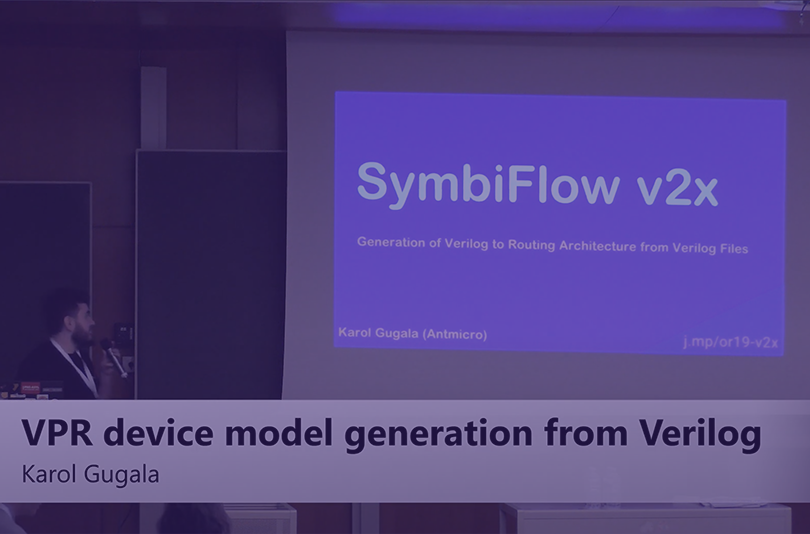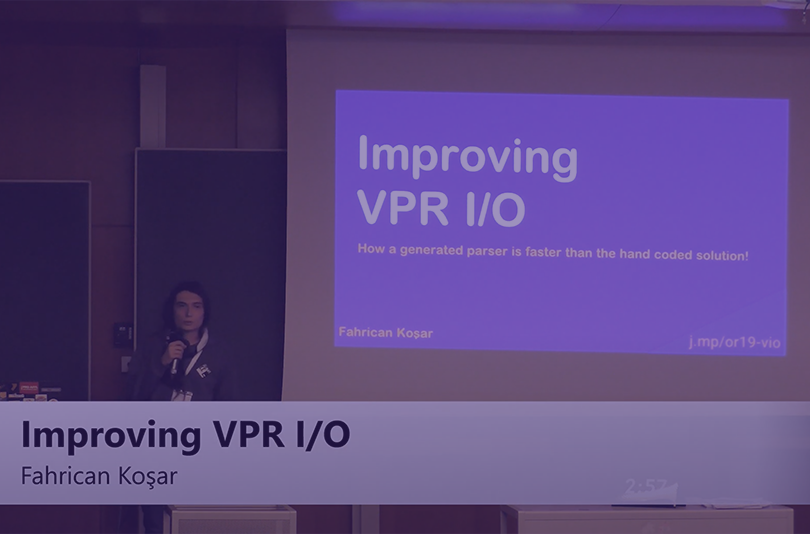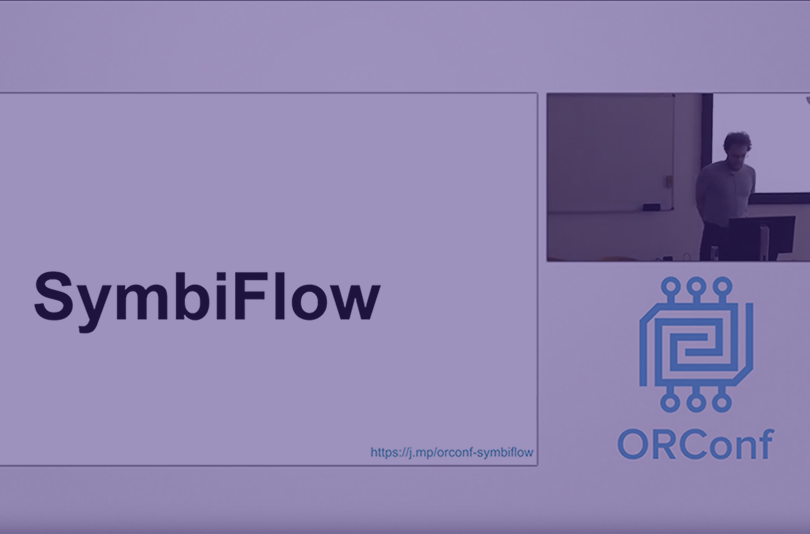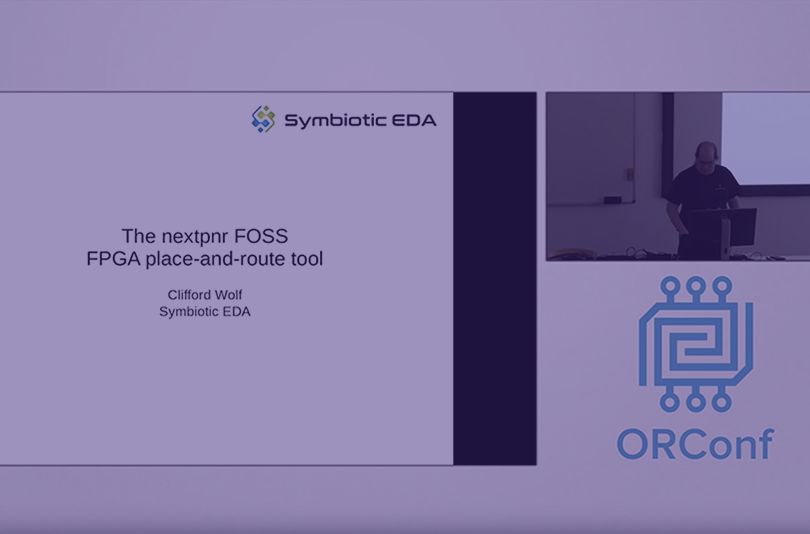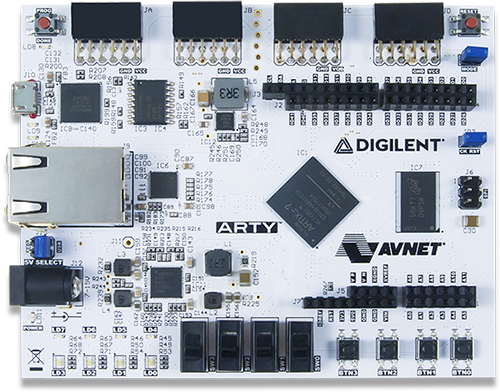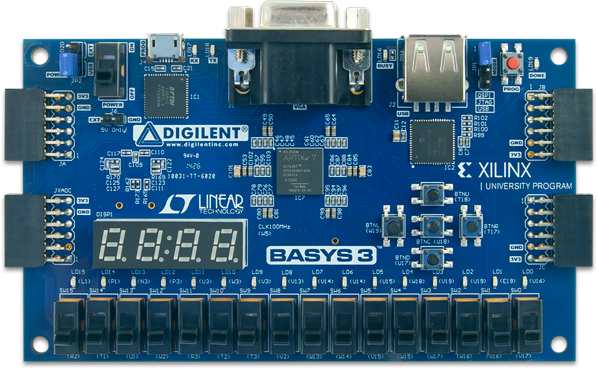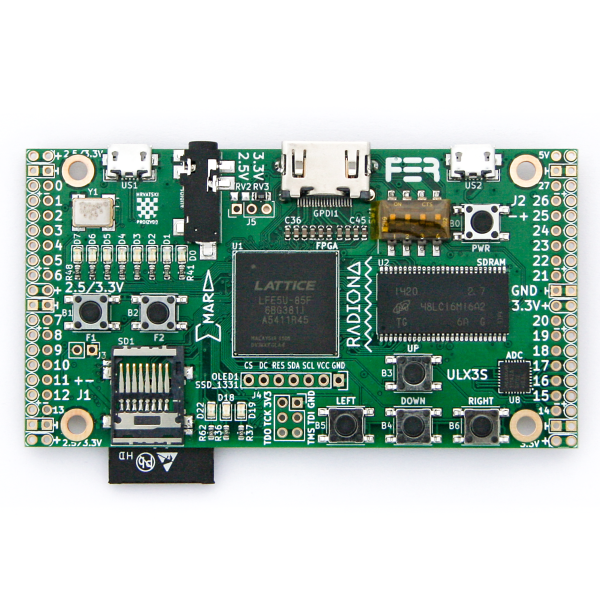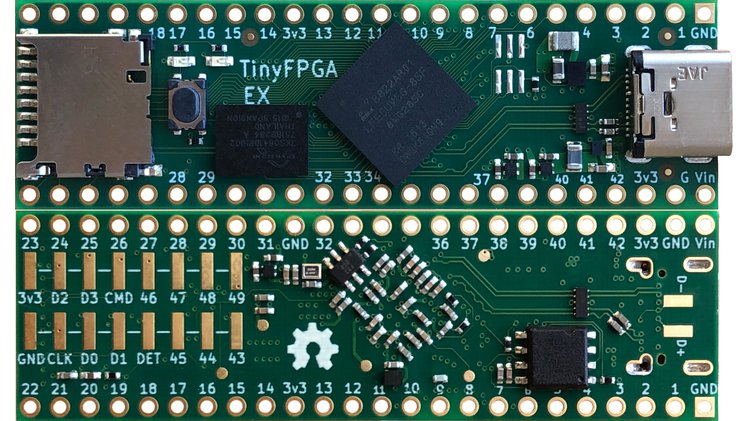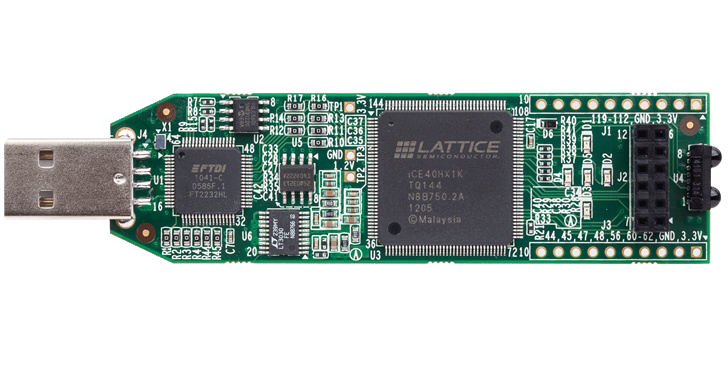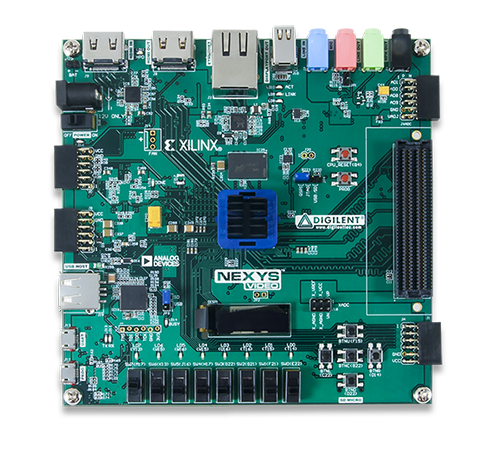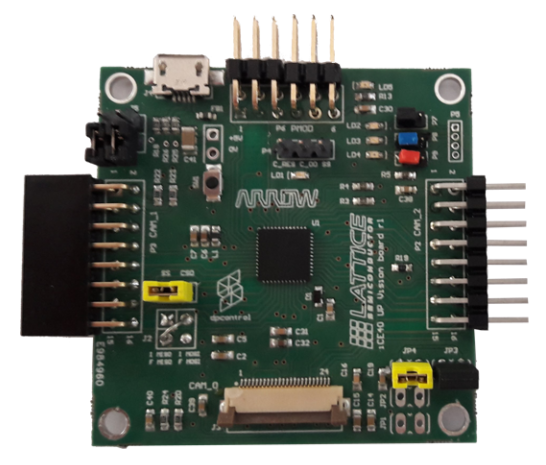To become a complete FOSS FPGA toolchain, F4PGA needs a number of
tools and projects to be in place to provide an end-to-end flow.
Thus, F4PGA serves as an umbrella framework for several activities,
the central of which focuses on the creation of FPGA
F4PGA Architecture Definitions, i.e. documentation of how specific
FPGAs work internally.
Those definitions and serve as input to backend tools like nextpnr and
Verilog to Routing, and frontend tools like Yosys. They are created
within separate collaborating projects targeting different FPGAs -
Project X-Ray for Xilinx 7-Series,
Project IceStorm for Lattice iCE40 and
Project Trellis for Lattice ECP5 FPGAs.



